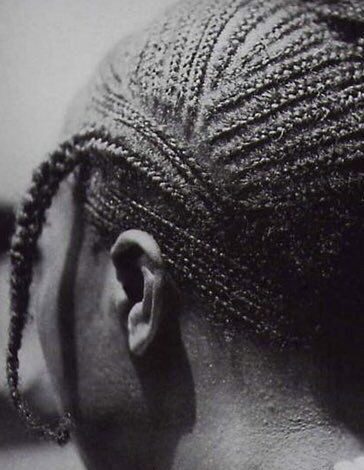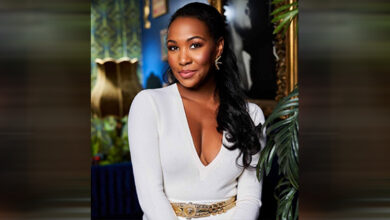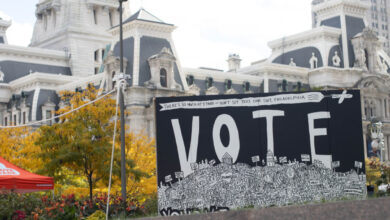The Secret Meaning of the African Cornrows


Take a look at what these hairstyles actually mean to the Africans or even people of colour.
There has always been a lot of discussion and debates concerning the use of African hairstyles by modern celebrities and whether or not it is cultural appropriation.
The major consensus, from those who actually know the history and significance behind these hairstyles would agree that the use of them by other cultures is not correct. That is not to say that no one can have these hairstyles, but merely having them as a ‘fashion statement’ is actually insulting to the painful history behind these hairstyles.
So before you go spouting that ‘now we don’t even have the freedom to have a hairstyle we like’, take a look at what these hairstyles actually mean to the Africans or even people of colour.
What Are Cornrows?
Depictions of women with cornrows have been found in Stone Age paintings in the Tassili Plateau of the Sahara, and have been dated as far back as 3000 B.C. There are also Native American paintings as far back as 1,000 years showing cornrows as a hairstyle. This tradition of female styling in cornrows has remained popular throughout Africa, particularly in the Horn of Africa and West Africa.
Cornrows have become a crowd favorite for women of every culture in the last 10 years. Whereas it used to be worn by children, especially young African and African American girls, the style has become widely popular across women of all ages.
But many do not know the deep and rich history of the hairstyle that saved the lives of many. Moreover, they do not know of its role in the freedom struggles which have led to the liberties we now enjoy.
Cornrows have long been a facet of African beauty and life. In many African societies, braid patterns and hairstyles indicate a person’s community, age, marital status, wealth, power, social position, and religion. In the Caribbean, the style may be referred to as cane rows to represent “slaves planting sugar cane”, and not corn.
While mainly the cornrows are created in neat linear rows, they can also be formed in a myriad of geometric and curving designs.
Cornrows have major cultural and historic significance for African origin people and misusing them can and has resulted in a major backlash from the community.
Historically, male styling with cornrows can be traced as far back as the early nineteenth century to Ethiopia, where warriors and kings such as Tewodros II and Yohannes IV were depicted wearing cornrows.
Used By Slaves As Maps To Escape?
While travelling its way from Egypt and Africa, cornrows create an immediate connection between people of the community acting almost like a kind of vocabulary.
As per Patrice Grell Yursik, who is the author of the blog AfroBella, “ In Trinidad, we call them ‘cane rows,’ because of slaves planting sugar cane
“.
Not only that but cornrows are also indicative of a variety of social concepts like kinship, age, religion, ethnicity, status and more such things related to one’s identity.
During the Middle Passage or the period in the Atlantic Slave Trade when millions of Africans were brutally ripped from their homes and shipped to the New World (America), according to sources, the heads of the captured slaves were shaved not only as a sanitary means but also to take away their own culture and identity from them.
ADOPTING THIS HAIRSTYLE BY SLAVES OVER THEIR TIME IN THE NEW WORLD WAS A SMALL ACT OF REBELLION AND RESISTANCE TO KEEP THEIR HERITAGE CLOSE TO THEM.
The African hair is also quite heavy and according to some sources during the Middle Passage was considered ‘unruly’ so in order to maintain a neat and tidy appearance African people started to wear their hair in tight braids like cornrows and more.
But perhaps the biggest way that cornrows helped the African slave population was by providing a discreet and easy to hide way to transfer and create maps in order to leave their captor’s place.
Enslaved Africans also used cornrows to transfer and create maps to leave plantations and the home of their captors. This act of using hair as a tool for resistance is said to have been evident across South America.
It is most documented in Colombia where Benkos Bioho, a King captured from Africa by the Portuguese who escaped slavery, built San Basilio de Palenque, a village in Northern Colombia around the 17th century. Bioho created his own language as well as intelligence network and also came up with the idea to have women create maps and deliver messages through their cornrows.
The village is a walled city that was meant to be a refuge for escaped slaves and help them get back on their feet.The most fascinating thing is that the city of San Basilio de Palenque still exists and has a population of about 3500 people.
Bioho not only built the village with other escaped slaves but also created their own language, formed an army and even created an intelligence network in order to find, organize and get them to the liberated areas.
Bioho was the person that had the idea to have woman create maps and even deliver messages through their cornrows.
Since slaves were rarely given the privilege of writing material or even if they did have it, such kind of messages or maps getting in the wrong hands could create a lot of trouble for the people in question, cornrows were the perfect way to go about such things.
No one would question or think that one could hide entire maps in their hairstyle, so it was easy to circulate them without anyone finding out about it.
In the time of slavery in Colombia, hair braiding was used to relay messages. For example, to signal that they wanted to escape, women would braid a hairstyle called departes. “It had thick, tight braids, braided closely to the scalp and was tied into buns on the top.
And another style had curved braids, tightly braided on their heads. The curved braids would represent the roads they would [use to] escape. In the braids, they also kept gold and hid seeds which, in the long run, helped them survive after they escaped.
Another thing that Bioho did was have these women use seeds as decoration in their hair, these seeds were then used as a way for the liberated slaves to grow their own crops.
After having such close and intimate meaning for the African people, cornrows were at large considered to be dirty and unbecoming of ‘normal citizen’ look that people wanted.
There has been a resurgence of braided hairstyles in Colombia in recent years. But this reality is not only evident in Colombia but all around the world.





